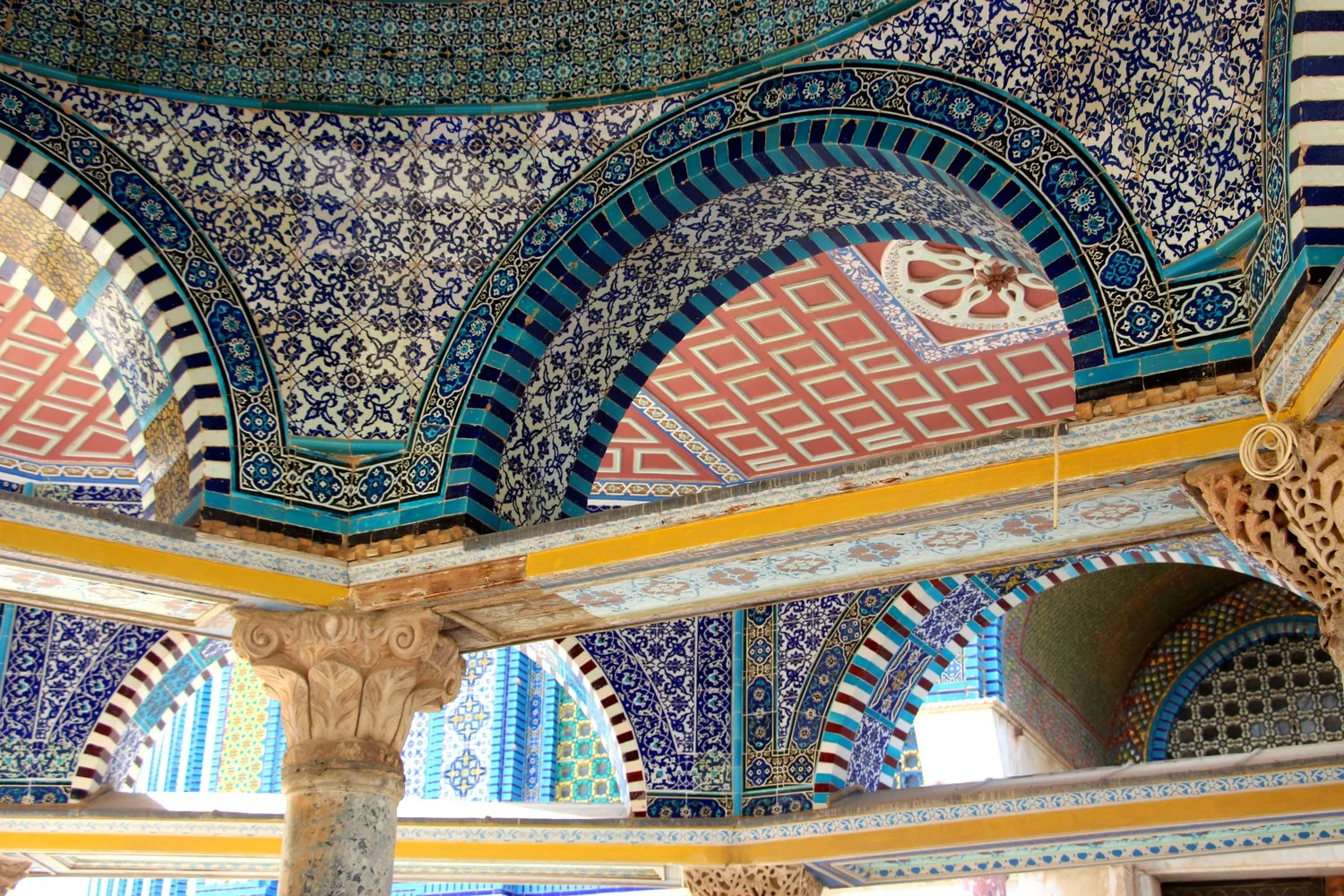Lessons from the Nile
1. The colors on many Ancient Egyptian temples are still preserved 2000+ years later because they’re made from natural substances like iron and turquoise. Plus Egypt’s dry climate causes minimal corrosion.
2. Egypt has a tough time managing the precious temples in their care. The guards allow or even encourage rule breaking for a tip. They even try to take you into off-limit places. Once you're in the forbidden place, they'll demand a tip. It's best practice to ignore anyone approaching you.
Also, the influx of tourists is incredibly hard on the ancient tombs. With the help of foreign aid, Egypt is building exact replicas of many tombs so visitors can enjoy the sights without damaging the original.
3. Hieroglyphics is a language based on symbols. Each symbol equals a letter, a sound, or an action. Hieroglyphics can be written right to the left, left to the right, upward, or downward. You can tell what direction you should read by the direction that the objects face (bird’s beaks being our favorite tell-tale sign).
4. Gods and pharaohs of ancient Egypt are sometimes difficult to differentiate because they both have temples, are worshipped, and were considered immortal. Des was an ancient Egyptian dwarf god in charge of fun. The original joker.
5. The Nubian tribes living on the Nile love crocodiles. We speak from experience.
Ryan, what is that over the door???
Please, please, PLEASE take this thing away from me!
6. When shopping for alabaster, you can see if the piece is authentic and handmade by holding it to the light-- you should be able to see the light through it.
7. In a mosque, it isn't always necessary for a woman to cover her head. A definite must is to cover your shoulders and knees.
8. Egyptian temples have graffiti that's older than most European monuments.
9. The temples of Abu Simbel are two ginormous rock temples that were relocated stone by stone in 1968 when the building of the new dam threatened to destroy them. Stone. By. Stone.
10. Young people here love taking pictures with foreigners. Including us. I even had a family ask me to take a picture of THEM with my camera. So, here they are.
Dear Family: If you're reading this, As-salamu alaykom!







